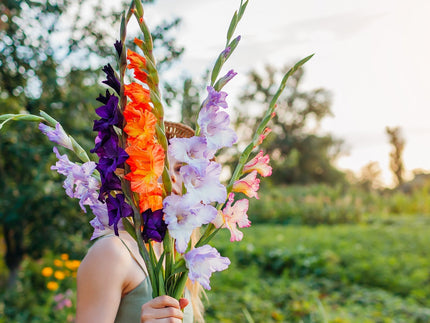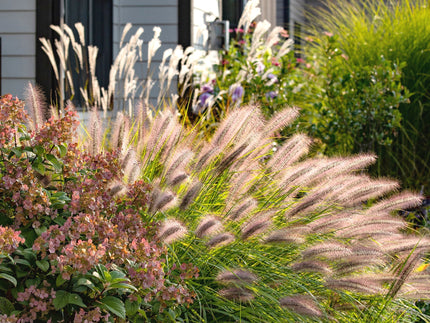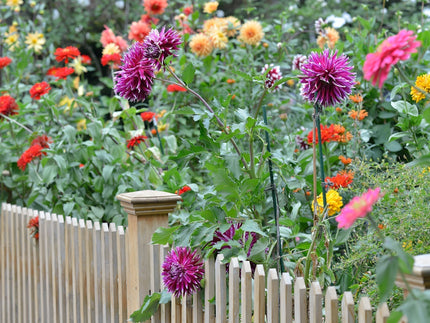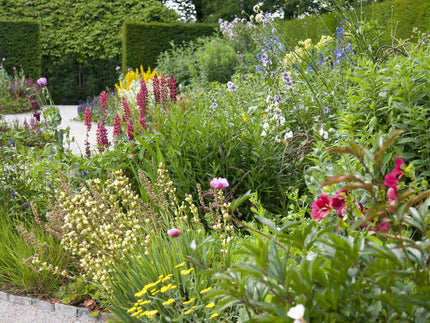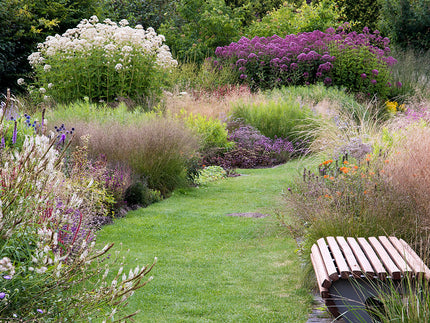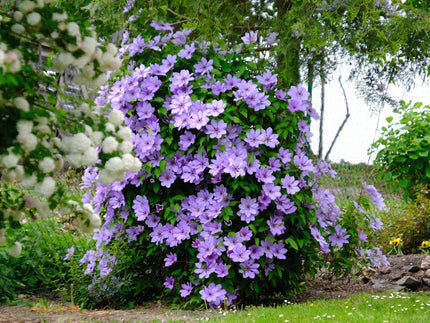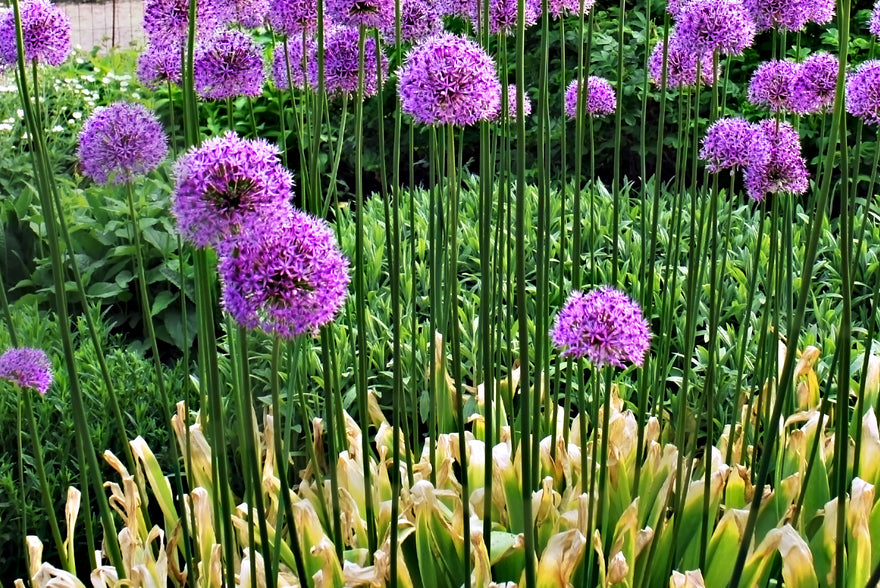
Why do my Allium leaves turn yellow? How to handle yellowed Allium foliage
Alliums, with their striking, globe-like blooms and distinctive aroma, are a garden favourite. Whether you’re growing ornamental Allium varieties for their architectural beauty or edible types like garlic and onions for their culinary benefits, these plants exude an irresistible charm. However, as the flowering season progresses, it's common for Allium leaves to turn yellow, a telltale sign of natural maturation. Understanding how to handle the yellowed foliage is essential to maintain a healthy garden while maximizing the benefits of your Allium plants and flowers.
Understanding natural maturation in alliums
Alliums, like many bulbous plants, follow a specific growth cycle. They sprout, grow, blossom, and then go into dormancy, storing energy in their bulbs for the next growing season. The yellowing of leaves during or even before their flowering period is a natural part of this cycle. It indicates that the plant is redirecting its energy from the leaves to the Allium bulbs. This yellowing shouldn't be cause for concern.
What to do with yellowed Allium leaves?
Let nature take its course
Before you grab the scissors, it's important to let the Allium leaves yellow and wither naturally. This process allows the plant to absorb and store vital nutrients from the aging leaves back into the bulb. These stored nutrients will be crucial for the next growth cycle, ensuring robust blooms and healthy crops. So, resist the urge to tidy up too soon and let nature do its work.
 "Resist the urge to tidy up too soon and let nature do its work."
"Resist the urge to tidy up too soon and let nature do its work."
Supportive care
While the leaves are yellowing, continue to water your flowering alliums regularly but adjust the frequency to avoid waterlogging, which can cause bulb rot. Watering deeply but less frequently can help the soil maintain appropriate moisture levels without becoming saturated. Avoid feeding or fertilizing the plants during this period, as they don't require extra nutrients while they're winding down for dormancy.
Gently remove spent leaves
Once the Allium leaves have turned completely yellow and dried out, you can gently remove them. This usually occurs in summer, depending on your climate and the specific allium species. Use clean, sharp scissors or garden shears to cut off the dead foliage close to the ground. Removing spent leaves not only improves the aesthetic appeal of your garden but also reduces the risk of fungal diseases and pests that may shelter in the decaying matter.
Mulching and soil care
After removing the yellowed leaves, consider adding a layer of mulch around your Allium bulbs. Mulch helps retain moisture, regulates soil temperature, and prevents the growth of weeds. Organic mulches such as straw, compost, or shredded leaves work well and will break down over time, enriching your soil. Ensure the mulch layer is not too thick; about 5-8cm should suffice, and leave some space around the base of the bulbs to prevent rot.
 Planning for next season
Planning for next season
After blooming, as you prepare your alliums for their dormancy period, it’s an opportune moment to plan for the next growing season:
Divide and transplant
If your alliums have grown large and crowded, consider dividing and transplanting them. This is best done in the autumn when the plants are dormant. Gently dig up the bulbs, separate them, and replant in well-drained soil at the appropriate depth for your specific variety.
Inspect for health
Use this time to inspect the bulbs for any signs of disease or pests. Healthy bulbs should be firm and free of soft spots or mold. Dispose of any that appear damaged to ensure a thriving garden next year.
Companion planting
Consider what other plants might benefit from the presence of alliums in your garden. Alliums can serve as natural pest deterrents for many common garden pests, making them excellent companions for vegetables and flowering plants. Strategically planting alliums alongside susceptible crops can lead to healthier plants and better yields.
Enjoying the ‘blooms’ of your labour
Alliums, whether grown for their ornamental splendor or culinary delight, offer endless rewards to diligent gardeners. By allowing their leaves to yellow naturally and managing the spent foliage thoughtfully, you ensure that these plants continue to thrive year after year. Remember, the key is to balance patience with purposeful care, understanding that the yellowing leaves are a natural and essential part of the allium’s lifecycle.
So, next time you notice those yellowed leaves in your Allium patch, take it as a sign that your plants are storing up energy for another beautiful and bountiful season. With proper care, your alliums will return each year, bringing their unique beauty and benefits back to your garden!
































































































































































































